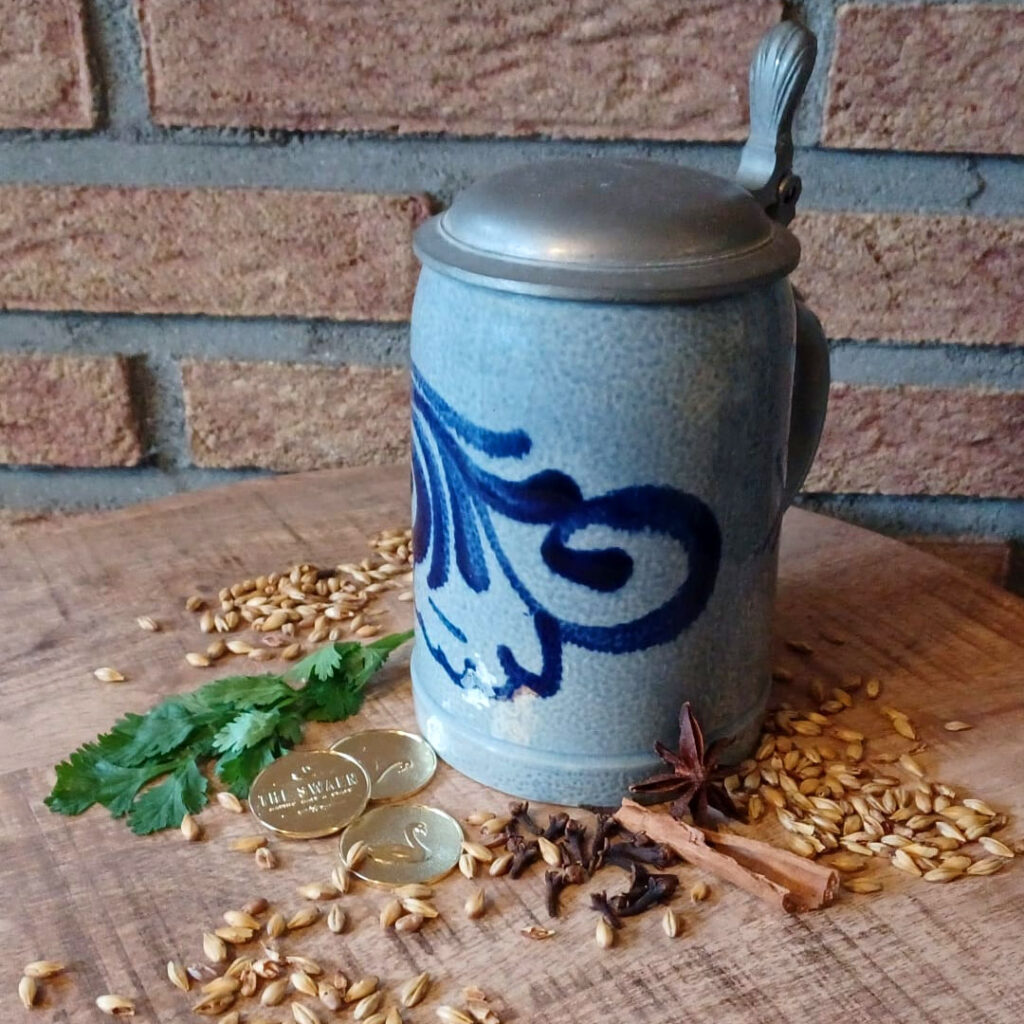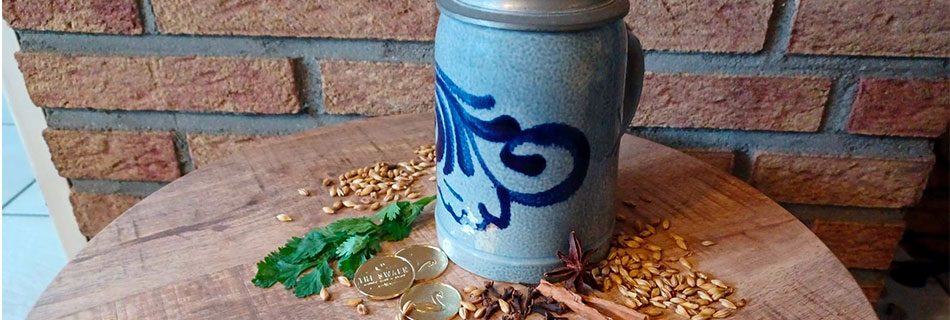Grain and malt have always been a part of beer, but hops were not always part of the recipe. Before brewers understood the effects of hops, they relied on a unique herb mixture to bitter and flavour their beer. This mixture – called Gruit – gave Gruit beer a distinctive taste and aroma. Also known as grut, gruut, or gruyt, it played a crucial role in medieval brewing.

The origins of Gruit
Gruit brewing originated in the Netherlands, Belgium, and parts of Germany. The practice dates back at least to the 11th century, when Roman Emperor Henry IV imposed taxes on it. Local rulers controlled the production and sale of Gruit, ensuring they profited from every batch of beer. At the time, brewers had no choice but to purchase this essential mixture from government-sanctioned sources.
However, everything changed when brewers discovered hops. By the 15th century, hopped beer had largely replaced Gruit, which faded into obscurity. Hops not only preserved beer for longer, but they also created a more consistent flavour. As a result, Gruit became a relic of the past—until now.
The revival of Gruit beer
The recent craft beer revolution has revived many nearly forgotten beer styles, including Gruit. Innovative brewers across the world have embraced herbs once again, experimenting with new flavour profiles. In Ghent, Belgium, one brewery has gone even further – it exclusively produces Gruit-based beers.
Unlike hops, Gruit does not have a fixed recipe. However, many brewers use herbs like heather, ground ivy, horehound, mugwort, sweet gale, and yarrow. Others add juniper berries, ginger, caraway seeds, nutmeg, and cinnamon for a unique twist. Some even include hops, though that arguably defeats the purpose of brewing Gruit in the first place.
A taste of the past
Gruit offers a glimpse into medieval brewing traditions, giving modern drinkers a chance to experience beer as it once was. Although hops dominate the industry, Gruit proves that herbs can still play an exciting role in brewing. With its rich history and diverse flavours, Gruit may yet carve out a place in the future of beer.


